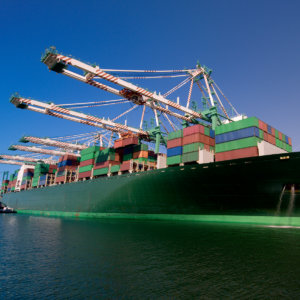What Makes a Supply Chain Sustainable?
Supply chains may operate within legal and responsible guidelines, but still not be sustainable. New guidelines and collaborations are needed that assess supply chain performance in the context of societal and environmental limits.
Topics
Leading Sustainable Organizations
A growing number of companies are looking to build sustainability into their supply chains. This is due, in part, to mounting pressures to disclose supply chain information. The growing emphasis on supply chain sustainability is commendable, but there is a problem: Most sustainable supply chain initiatives do not actually address sustainability at all.
To be sustainable, a supply chain must operate within the thresholds imposed by nature and society. Currently, most supply chain initiatives do not make reference to these thresholds. This means we cannot tell if they are sustainable or not.
Strategies for Supply Chain Management
Figure 1 identifies four broad strategies for supply chain management: legal, ethical, responsible, and sustainable. These strategies are hierarchical. A responsible supply chain, for example, must also be legal and ethical. However, a responsible supply chain is not necessarily sustainable.
First, there are supply chains that operate within legal limits and comply with agreed-upon contractual requirements. All partners in these supply chains must follow, for example, established legal, building, and environmental standards. These supply chains focus on doing what is legally required. Legal requirements for supply chains continue to evolve. For example, the UK’s Modern Slavery Act 2015 contains a provision on transparency in supply chains.
Next come ethical supply chains. These focus on how organizations ought to behave. All supply chain partners might be expected to exceed legal minimums through, for example, compliance with a code of conduct or adhering to broader voluntary principles, such as fighting corruption. Ethical supply chains expect all partners to honorably conduct their business. Examples of supplier codes of conduct are widely available. For example, the Electronic Industry Citizenship Coalition’s Code of Conduct sets supply chain standards in the electronics industry.
Third, there are supply chains that operate responsibly. Partners in these supply chains are committed to continual improvement, considering stakeholder interests, and making positive contributions in their communities. This could, for example, include implementing efficiency-oriented improvements or investing in capacity-building initiatives in local communities. Responsible supply chains focus on making things better. Supplier-assessment questionnaires often focus on what suppliers are doing with respect to these issues. A good example is provided by Ceres.
Last are sustainable supply chains. These require that all partners behave legally, ethically, and responsibly.


Comment (1)
Glenn Frommer